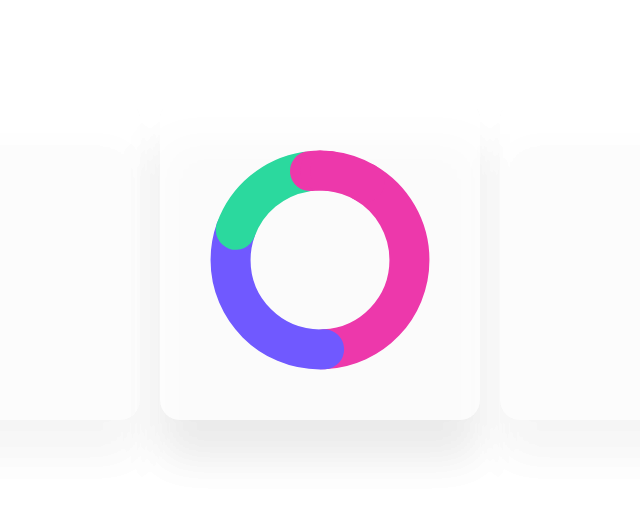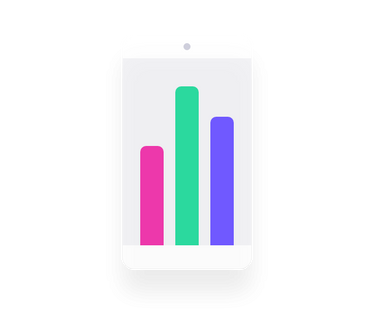Digital analytics is the process of collecting, analyzing, and interpreting data from digital platforms and channels to gain insights into user behavior, website performance, and online marketing effectiveness.
Digital analytics helps businesses make data-driven decisions, improve user experiences, optimize marketing campaigns, and measure the impact of their online efforts. It's crucial for understanding what works and what needs improvement in the digital landscape.
The choice of metrics depends on your specific goals, but common ones include website traffic, conversion rates, bounce rates, click-through rates, and customer acquisition cost. The key is to align metrics with your objectives.
There are several digital analytics tools available, including Google Analytics, Adobe Analytics, and many others. The best tool for you depends on your needs, budget, and the features you require for your analysis.
Digital analytics can be used to identify areas for improvement, track the success of marketing campaigns, optimize website content and design, and understand user preferences. It's a valuable tool for making data-backed decisions that lead to better performance and user experiences.





